Species Photo Gallery for Menosoma cinctum No Common Name 42 |
 | Photo by: Larry Chen, Sarah Toner, Jeff Niznik, Kaitlyn Elliott
Richmond Co.
Comment: | 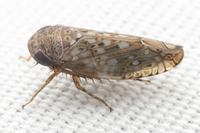 | Photo by: Solomon Hendrix
Wake Co.
Comment: attracted to light |
 | Photo by: Solomon Hendrix
Wake Co.
Comment: attracted to light | 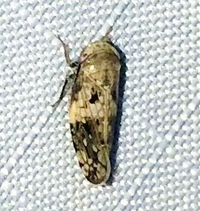 | Photo by: Ken Kneidel
Mecklenburg Co.
Comment: came to UV light at night |
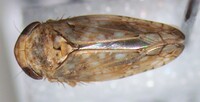 | Photo by: Bo Sullivan
Craven Co.
Comment: female, 5.7 mm |  | Photo by: Bo Sullivan
Craven Co.
Comment: female, 5.7 mm |
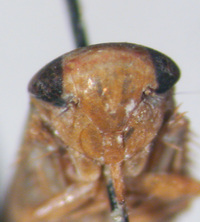 | Photo by: Bo Sullivan
Craven Co.
Comment: female, 5.7 mm |  | Photo by: Bo Sullivan
Craven Co.
Comment: female, 5.7 mm |
 | Photo by: Bo Sullivan
Craven Co.
Comment: female, 5.7 mm | 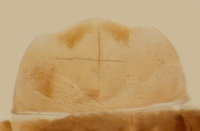 | Photo by: Bo Sullivan
Craven Co.
Comment: female, 5.7 mm |
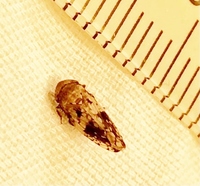 | Photo by: Ken Kneidel
Mecklenburg Co.
Comment: came to UV light at night | 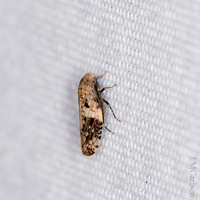 | Photo by: Lior Carlson
Orange Co.
Comment: |
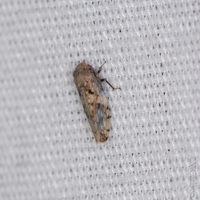 | Photo by: Lior Carlson
Orange Co.
Comment: | 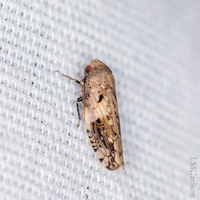 | Photo by: Lior Carlson
Orange Co.
Comment: |
 | Photo by: Rob Van Epps
Mecklenburg Co.
Comment: Attracted to UV light. Suburban yard near woods. | 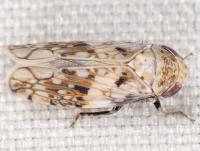 | Photo by: Mark Shields
Onslow Co.
Comment: |
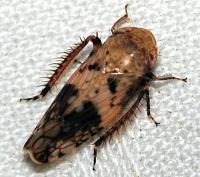 | Photo by: Paul Scharf
Warren Co.
Comment: Attracted to Black Light | 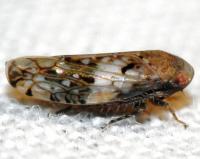 | Photo by: Kyle Kittelberger, Brian Bockhahn, Paul Scharf
Wake Co.
Comment: grassy habitat and mixed hardwood forest edge |
 | Photo by: T. DeSantis
Camden Co.
Comment: DISW | 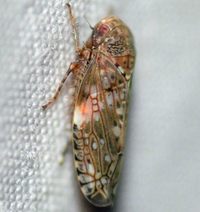 | Photo by: Kyle Kittelberger
Wake Co.
Comment: mixed hardwood forest habitat |
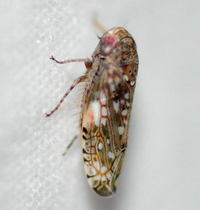 | Photo by: Kyle Kittelberger
Wake Co.
Comment: mixed hardwood forest habitat | 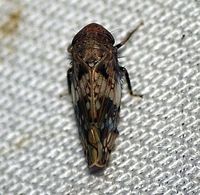 | Photo by: Paul Scharf
Warren Co.
Comment: Attracted to Black Light |
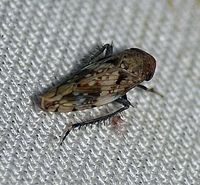 | Photo by: Paul Scharf
Warren Co.
Comment: Attracted to Black Light | 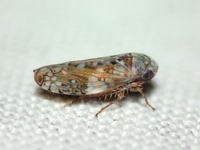 | Photo by: Kyle Kittelberger, Brian Bockhahn, Paul Scharf
Wake Co.
Comment: grassy habitat and mixed hardwood forest edge |
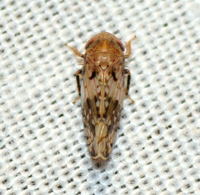 | Photo by: Kyle Kittelberger, Brian Bockhahn, Paul Scharf
Wake Co.
Comment: grassy habitat and mixed hardwood forest edge | 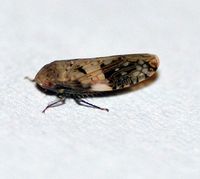 | Photo by: Paul Scharf
Warren Co.
Comment: Attracted to Black Light |
 | Photo by: Paul Scharf
Warren Co.
Comment: Attracted to Light | 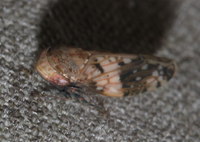 | Photo by: Harry Wilson
Wake Co.
Comment: attracted to light - unid_leafhopper |
 | Photo by: Paul Scharf, B Bockhahn
Stanly Co.
Comment: Attracted to UV Light | 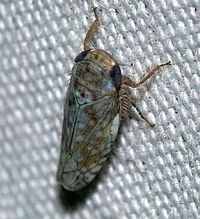 | Photo by: Paul Scharf, B Bockhahn
Stanly Co.
Comment: Attracted to UV Light |
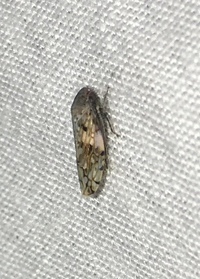 | Photo by: Randy L Emmitt
Orange Co.
Comment: | 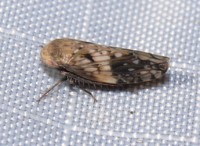 | Photo by: Rob Van Epps
Mecklenburg Co.
Comment: Attracted to black light. |
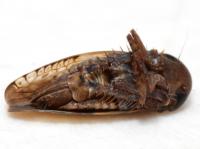 | Photo by: Kyle Kittelberger, Brian Bockhahn
Rockingham Co.
Comment: female |  | Photo by: Kyle Kittelberger, Brian Bockhahn
Rockingham Co.
Comment: female |
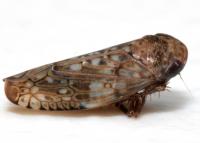 | Photo by: Kyle Kittelberger, Brian Bockhahn
Rockingham Co.
Comment: female | 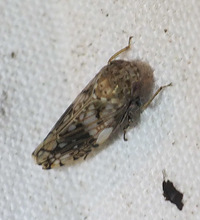 | Photo by: Randy Emmitt
Orange Co.
Comment: moth shhet |
 | Photo by: Ken Kneidel
Mecklenburg Co.
Comment: 5.9 mm female |  | Photo by: Ken Kneidel
Mecklenburg Co.
Comment: 5.9 mm female |
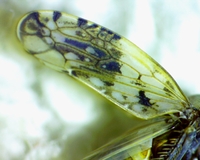 | Photo by: Ken Kneidel
Mecklenburg Co.
Comment: 5.9 mm female |  | Photo by: Rob Van Epps
Mecklenburg Co.
Comment: Attracted to UV light. Greenway in wooded area. |
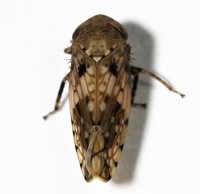 | Photo by: Rob Van Epps
Mecklenburg Co.
Comment: Attracted to UV light. Greenway in wooded area. | 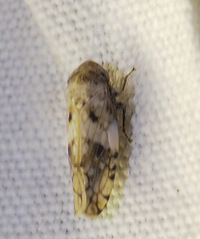 | Photo by: Randy Emmitt
Orange Co.
Comment: lost image had bad file extension. - unid_leafhopper |
|

 »
»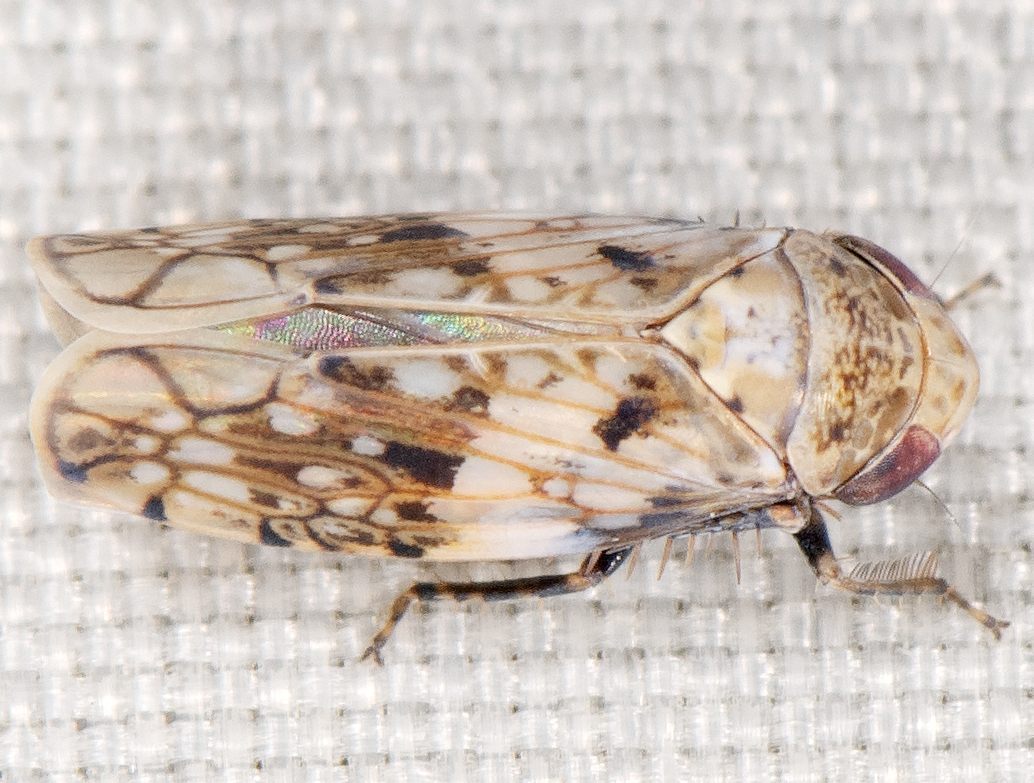


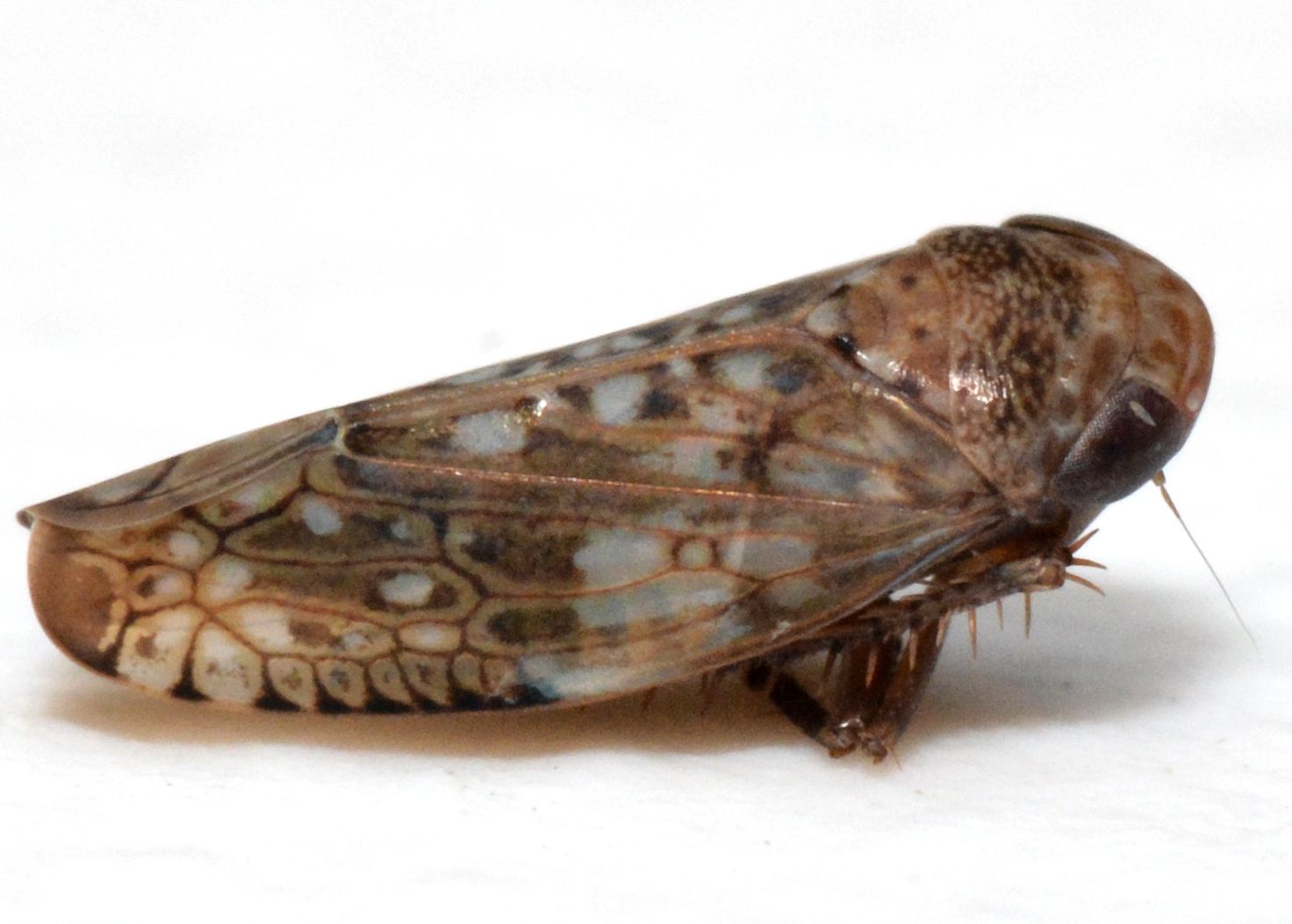

 »
»


